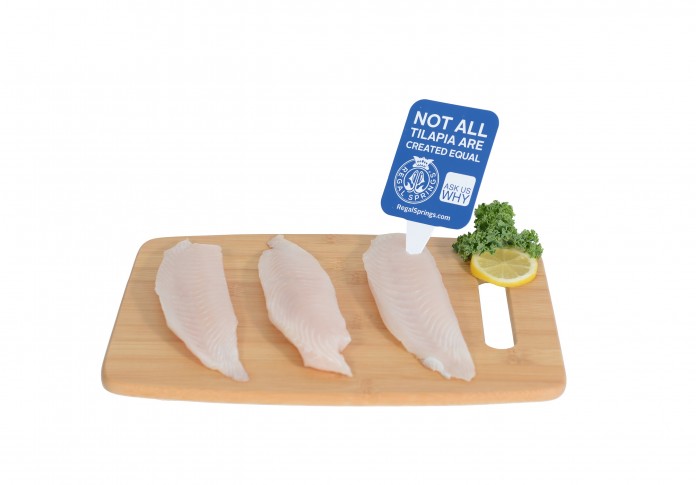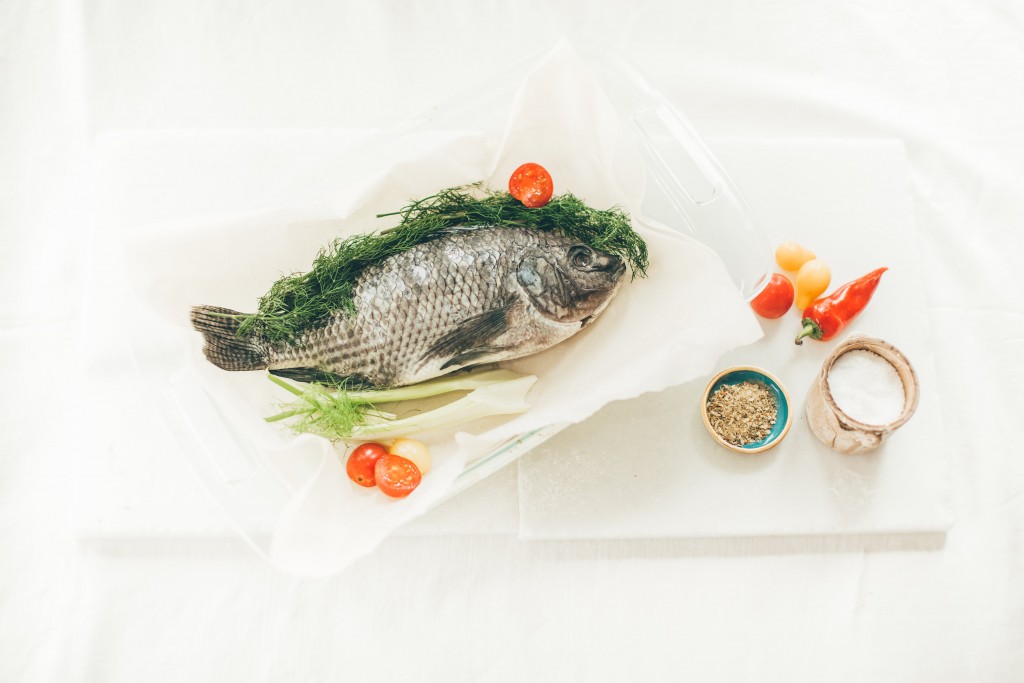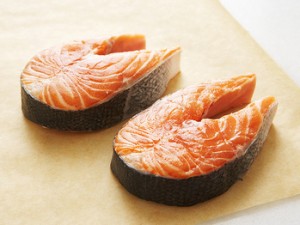Fish come in all sorts of shapes and sizes. Because of this (delicious) diversity, it can, at times, be difficult to understand what part of a fish you should be using in different recipes or even which cut to pick up on your next grocery trip. Luckily, there are a number of common cuts of fish—no matter if you’re eating Tilapia, salmon or tuna—so once you’ve found your favorites, you should have no problem identifying them across the board.
Regal Springs, who knows a thing or two about high quality fish, is here to help you understand these seemingly complex cuts so you can get grilling (or baking or pan-frying or roasting) instead of worrying about picking up the wrong piece of fish next time you’re at the market.
Photo Credit: Regal Springs
While the whole fish may not exactly be a cut, it’s still quite a common way to cook a fish. Some cooks like to keep everything intact when they are working with the whole fish, while others prefer to gut it. To make things a little easier (unless you’re feeling especially brave), we recommend the latter. Regal Springs offers gutted, frozen whole fish that are delicious whether grilled, roasted or baked allowing you to whip up some very unique Tilapia dishes. Using the whole fish allows you to season or stuff your favorite variety, depending on how creative you want to get.
Loins
Photo Credit: Regal Springs
Located above the spine, loins are the prime cut of a fish. This thick, flavorful cut is best grilled, but can also be breaded, baked or sautéed for a delicious meal. Tilapia loins are the thickest part of the fillet and come in narrow strips that are rich in flavour and pack a punch if prepared just right. Season loins well and cook them to your desired texture, much like you would a steak.
Fillet
The fillet is the meat cut from the side of the fish. It’s a versatile cut and is used in most common recipes meaning it’s easy to track down at the grocery store. This cut can be seasoned, marinated, baked, fried, sautéed and whatever else you can possibly think of! Tilapia fillets allow you take further advantage of this cut due to the fish’s mild taste. Whether you cook it and put it on top of a bed of brown rice or chop it up and mix it into a spicy gumbo, the fillet will work if you’re ever in doubt about which cut to use.
Butterfly Fillets
Photo Credit: Edward Westmacott / Shutterstock
This cut is achieved by removing the head and inside of the fish, including the rib bones. Essentially all that will be left are the fillets attached to the skin. When opened and placed flat, the two fillets will still be attached in the center and will take the shape of a butterfly with its wings spread. Recipes normally require you to pan-fry or bake this sort of cut whole in order to lock in moisture and flavor.
Steak
A fish steak,is a cut of fish which is cut perpendicular to the spine and may include the bones. Fish steaks are generally made from fish larger than 10 lbs so larger fish, such as tuna, swordfish,salmon, cod and mahi-mahi, are often cut into steaks.
Fish steaks can be grilled, pan-fried, broiled or baked.
Photo Credit: Cookstr/Joseph DeLeo
Tail
Photo Credit: Stewart Butterfield
The backend of a large fish closest to the tail is normally cut and sold separately. This portion is large enough to serve several individuals and is best seasoned and roasted. The cut is bone-in, and while it’s not the most common cut around, it’s still very flavourful and is certain to please a crowd at a dinner party.
All parts of the fish are usable—you just have to know how best to treat and cook them. Be sure to diversify your seafood experience by using different parts of the fish for your next meal and don’t be afraid to ask for help or advice at the seafood counter. The more you explore, the more you’ll learn to love this healthy brain food.
Feature image: voranat / Shutterstock








